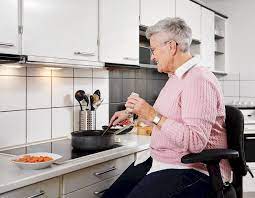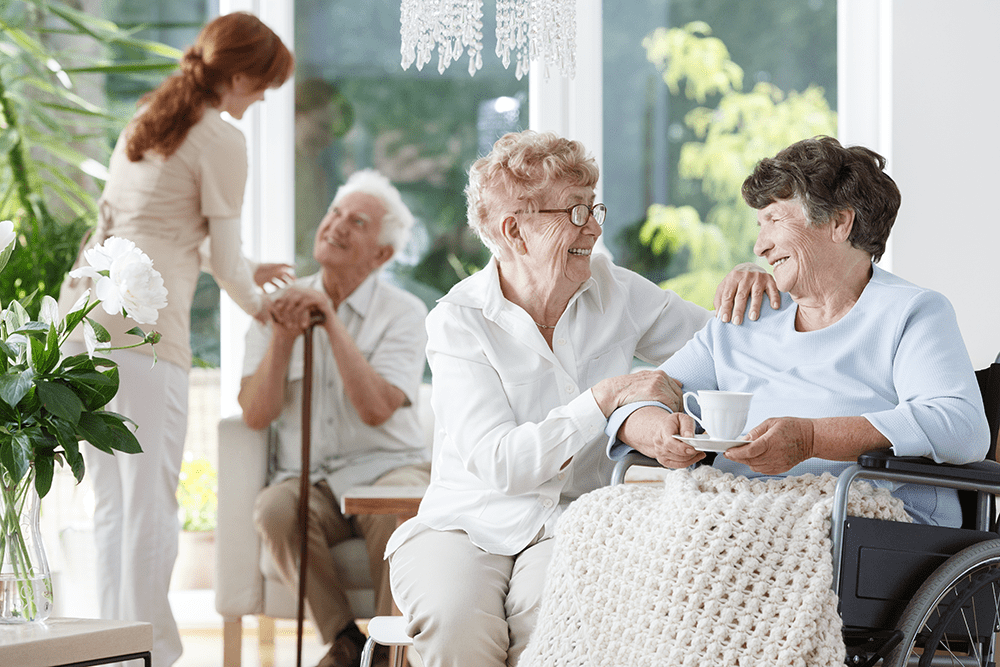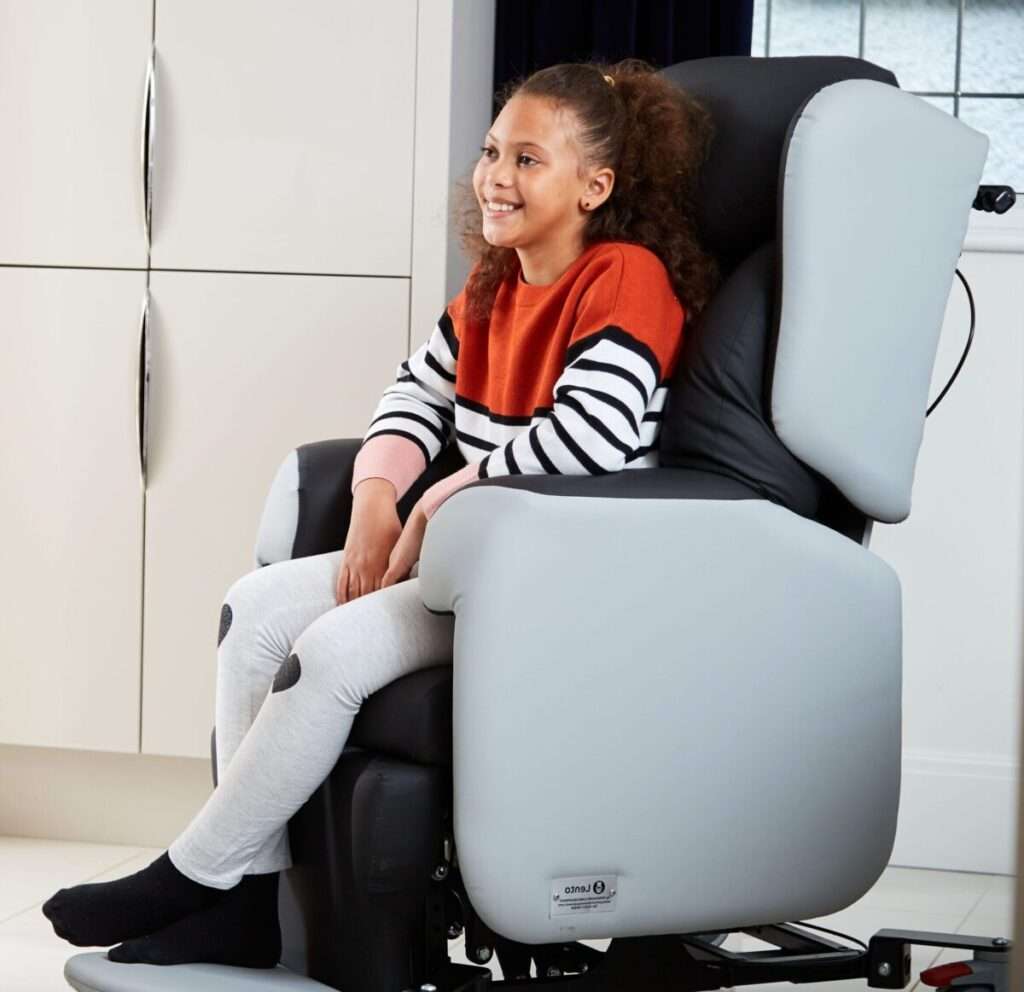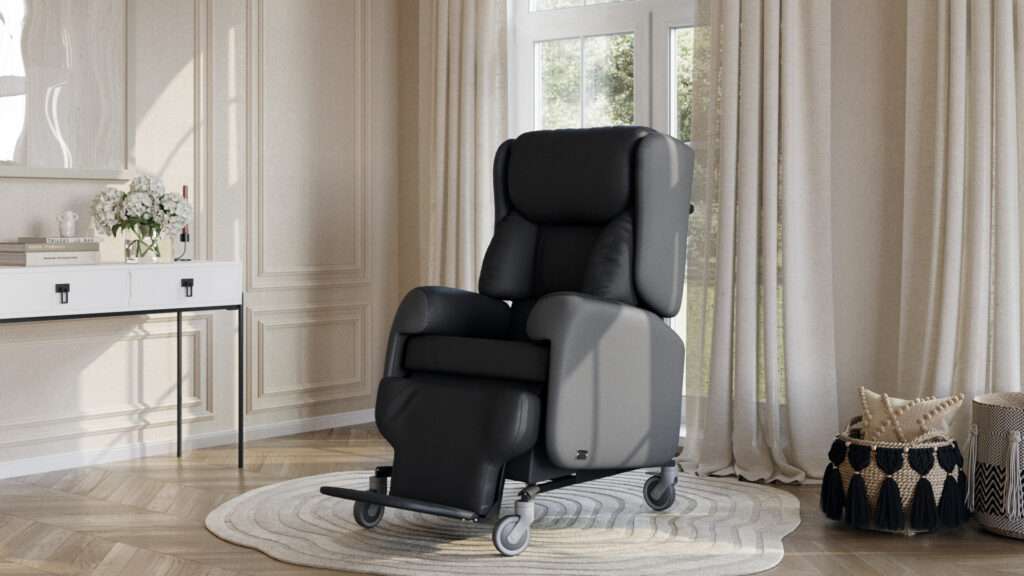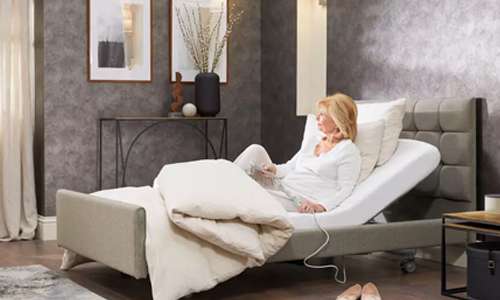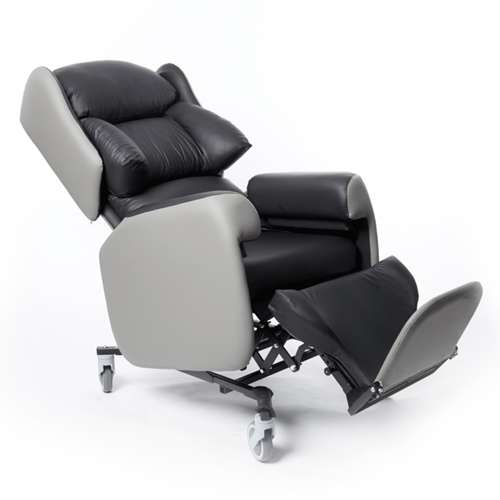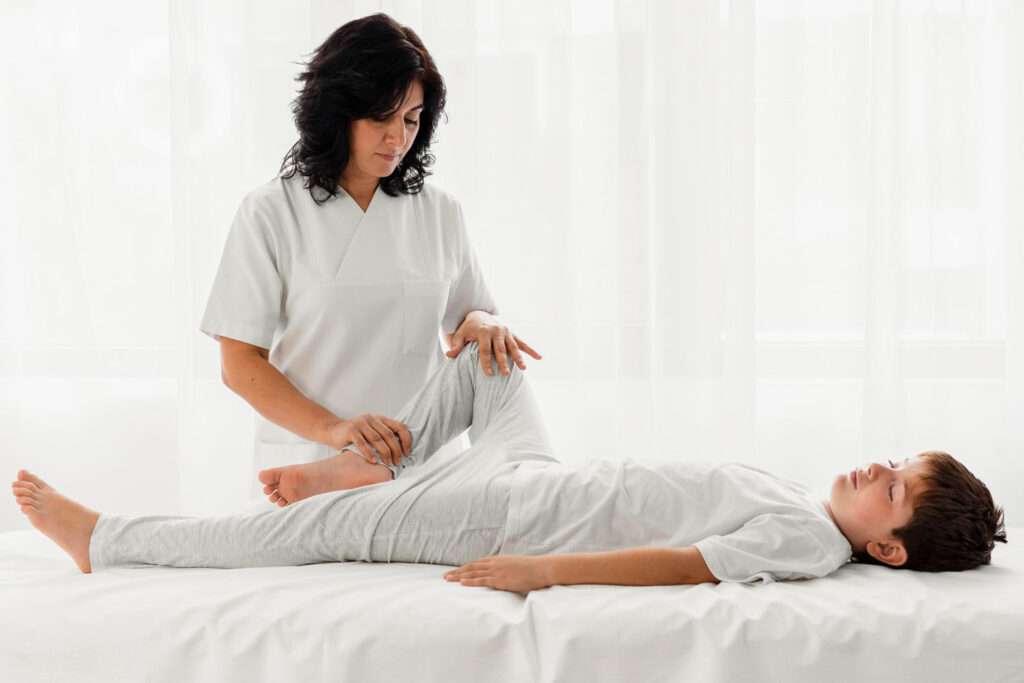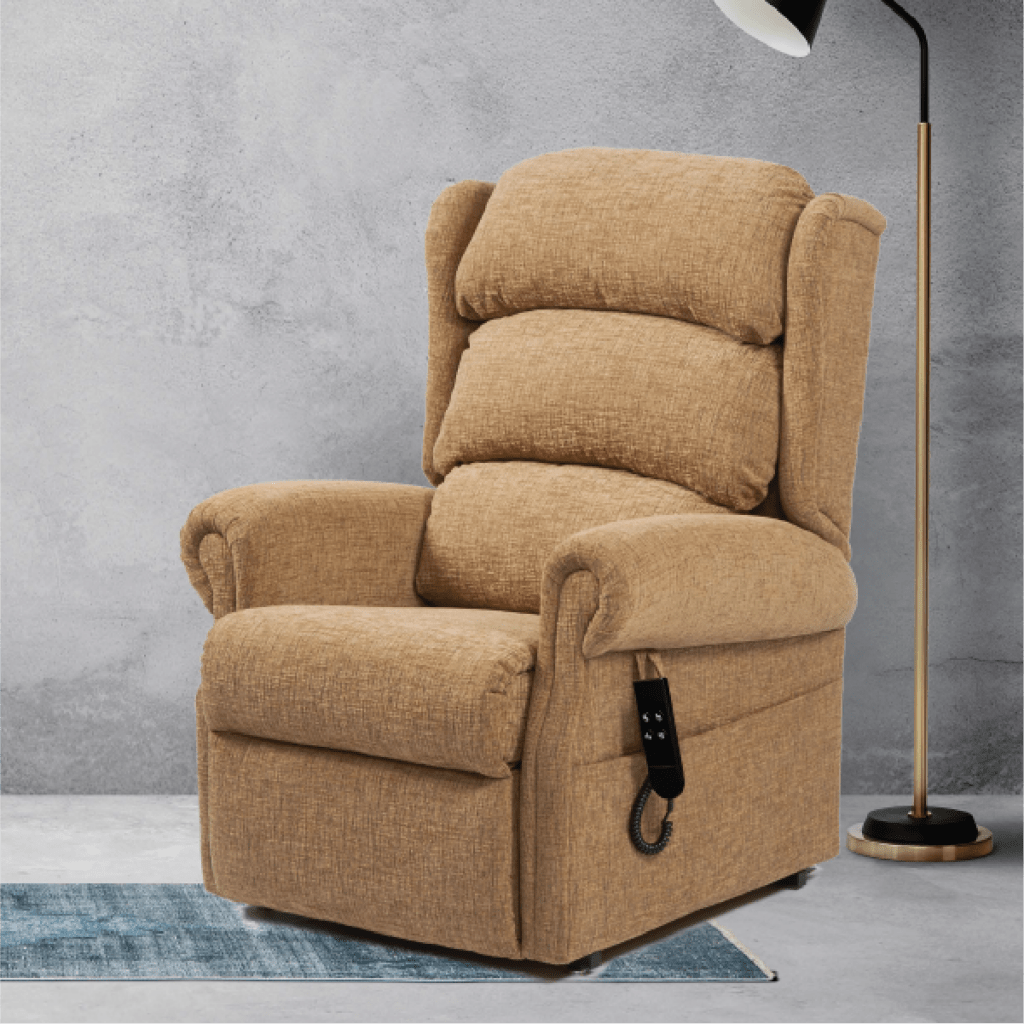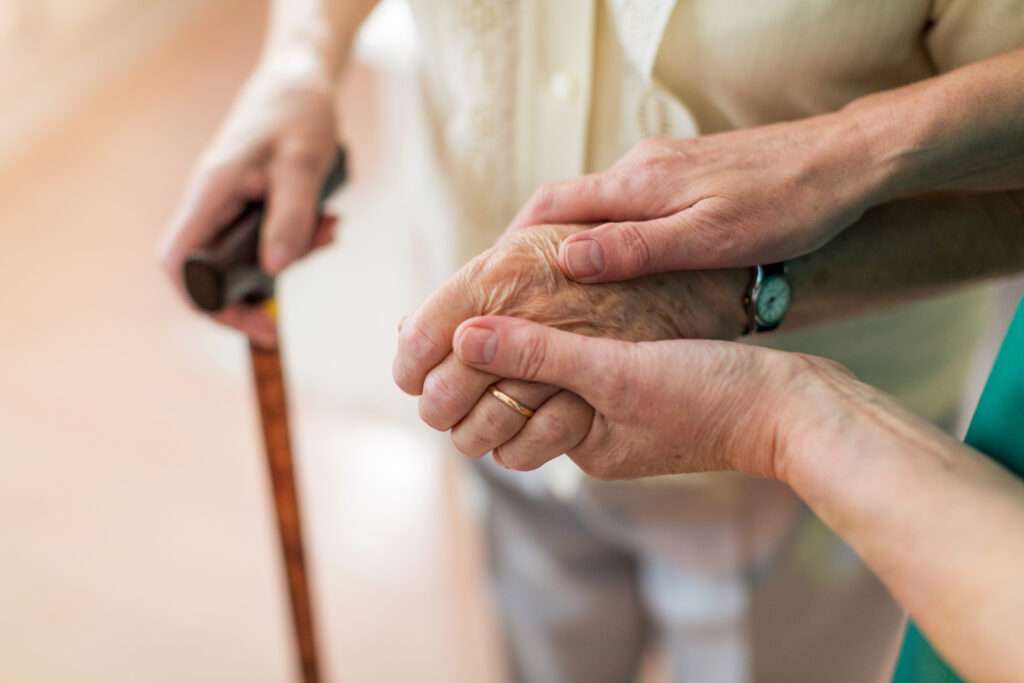The risk of falling is a common challenge for elderly people living at home. This is not only due to the impact on their own health, but the effect on a partner who may be dependent on them for care, and the pressure on family members to be on call for assistance.
If you are worried about an elderly parent or relative living by themselves who is at risk of falling, you are certainly not alone in this, it is a widespread concern and one that is difficult to deal with.
At Vivid.Care we have invested a significant amount of time and research into the falls endemic, researching solutions and supporting regional initiatives like Hull FIRST and Yorkshire Ambulance Service to bring systemic changes.
In this article we look at some of the practical tools and strategies you can implement in domestic settings to reduce the risk of falls.
Falls Statistics
Health statistics underscore the extent of this problem. 60% of falls occur in the home, and unfortunately 40% of those admitted to hospital don’t return to living independently.
The concern for elderly people is when they are left unattended after a fall for longer than an hour. This is classed as a ‘long lie’ and can have serious health consequences.
It is important to get assistance quickly to someone who has fallen at home, particularly if they are living alone, but there are ways of significantly reducing the risk of falls occurring by implementing the measures discussed in the next section.
Causes of Falls in the Home
Falls in the home can be a combination of factors, from declining physical health to the home environment itself.
Physical health problems that contribute to falling usually include dizziness, balance issues, weakened muscles or hearing/vision loss.
- Dizziness and balance issues can be a factor of postural hypotension, which is a drop in blood pressure after lying or sitting down. It can also be a side effect of long-term health conditions like heart disease and dementia, or certain medications.
- Weakened muscles are related to a decrease in muscle mass as the body ages, known as sarcopenia. This, associated with slower reflexes, can make it difficult for older people to rectify their balance if they start to take a tumble.
While physical factors can sometimes be unavoidable due to the natural consequences of ageing, there are many changes that can be made to the home environment which are often overlooked but can make things a lot safer. Messy, poorly-lit environments with a lot of low-lying objects and trailing wires can make rooms hazardous for people who are unsteady on their feet.
Ways to Prevent Falls at Home
From improving the surroundings to taking advantage of technologies, there are many ways to minimise the risk of falling in the home. We’ve listed our suggestions below, and you can work with your OT or speak to one of our consultants to find the methods that work best for you, your friend or relative.
Home Safety
Here are some failsafe ways to improve the home environment and make it safer for elderly residents who are prone to falling.
- Keep areas clean and tidy. Keeping the area well-lit and free of clutter is very important. For people with dementia or Alzheimer’s, too many objects or colours can disorientate them, so keep patterns and layouts simple and ‘declutter’ walkways wherever possible. Keep trailing wires and phone lines out of the way so they don’t present a trip hazard.
- Wear suitable footwear. Wearing comfortable and supportive footwear is very important for people who tend to be unsteady on their feet. Cosyfeet shoes have an extra wide fitting and Velcro fastenings that make them easy to wear.
- Use walking aids. Using walking aids such as sticks or Zimmer frames gives people that extra support and peace of mind if they are unsteady on their feet.
- Keep the bathroom safe. Bathrooms are a hazardous area for fallers. Make sure bathmats are used to keep surfaces dry and provide grip, and install grab rails and toilet frames within reach to assist movement.
- Get a stairlift. Stairlifts are a lifesaver for people who sleep upstairs, and are relatively easy to install on curved or straight staircases.
VELA chairs
The VELA Activity chair gives people the independence they need to move from one position in the house to another in a seated position. With ergonomics at the heart of its design, it has a range of features to provide users with the stability they need whether they are sitting stationery, performing leg exercises, or moving around on the wheeled castors.
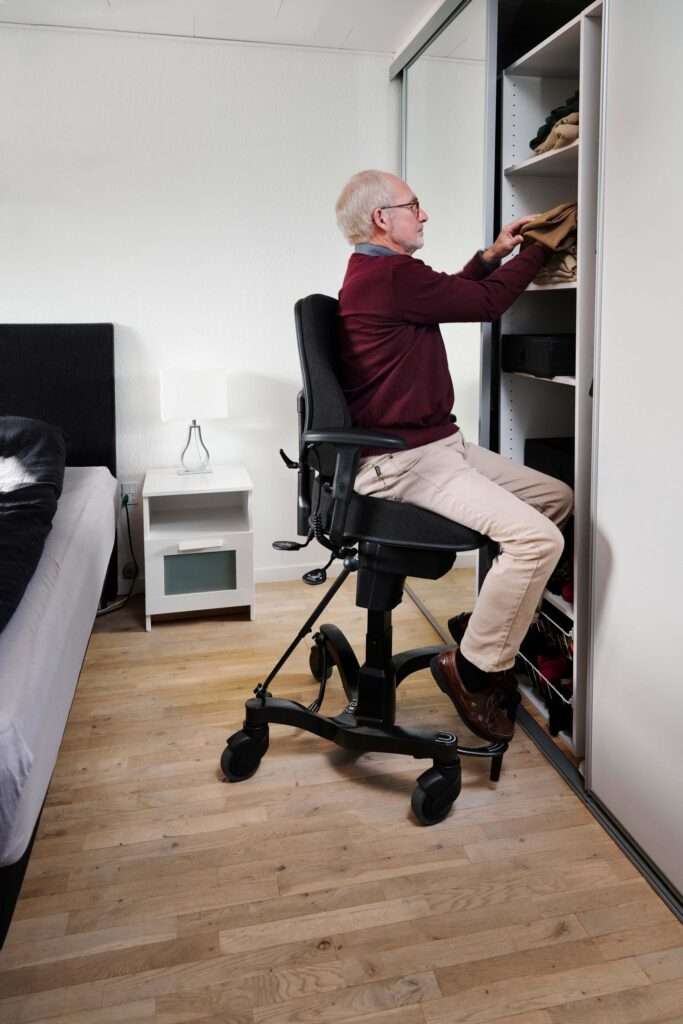
This gives elderly users confidence and prevents falls while going about their daily activities at home.
- Secure Sit-To-Stand
The standing mechanism provides a safe transition from sitting to standing position
- Integrated Handbrake
The chair wheels have a secure locking mechanism, giving ultimate stability
- Height elevation
Easy-touch buttons provide a simple height adjustment to help users access different height work surfaces and adjust for activities like leg exercises.
- Glide-about castors
The large swivel castors make moving and adjusting the chair smooth and easy
- Enhanced independence and safety at home
The VELA chair gives less mobile users the ability to move around home environments on the same level, allowing them to access different height surfaces and go about their daily routines with ease, whilst staying safe from falling.
Falls Detectors
Falls detection systems such as the HipGuard make innovative use of technology to protect fallers.
The HipGuard fastens around the waist and uses a movement detection system to inflate an airbag around the hip if the user suffers a fall. The independent testing have shown it to be extremely effective, reducing impact force by 90%.
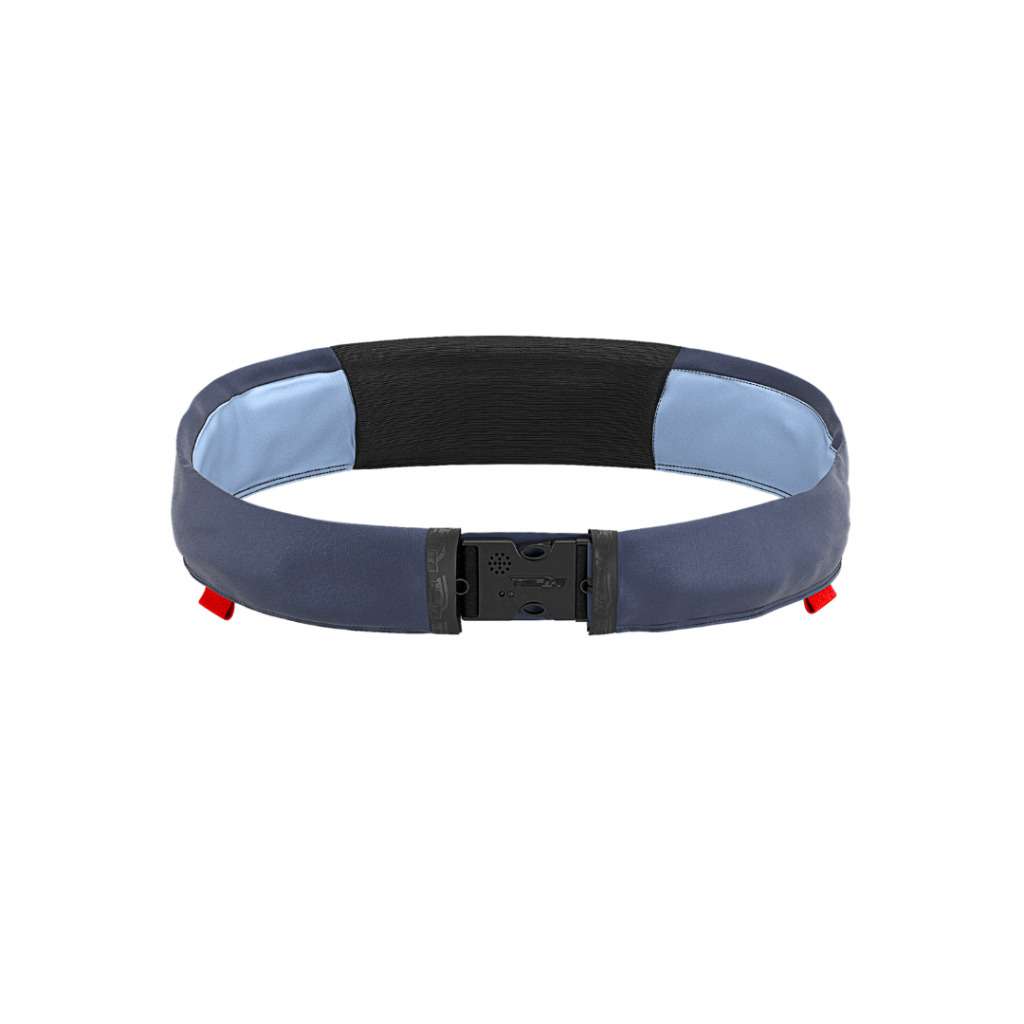
Falls Assistance
Despite the best efforts to prevent falls within the home, they still can and do occur. Having the right equipment at hand for when this happens takes the emotional trauma and danger to health out of the situation.
Raizer M
The Raizer M is the manual version of the Raizer lifting device, which costs significantly less than the electric version and works by turning a crank handle to gently lift the faller into a sitting position. It assembles and breaks down very easily, and is stored in a compact carry case so can be kept in a cupboard to be on hand when needed.
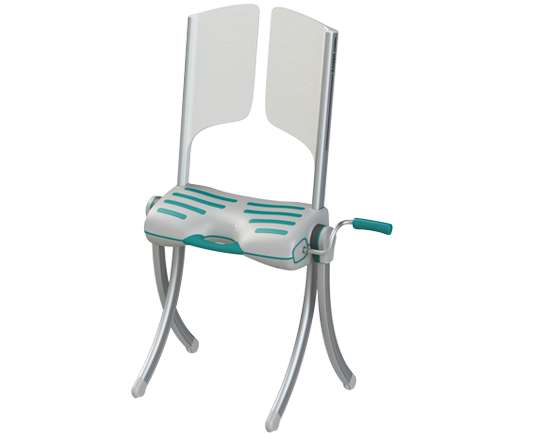
Raizer M lifting chair
Falls Teams
A lot of Falls Teams use the Raizer when responding to falls in the community, such as Vitaline in Blackpool. It deploys in seconds and enables single-handed care, allowing the parademic to focus on the welfare of the faller.
Summary
Making the home environment safe is a key part of effective falls prevention strategies for people living in their own homes. Coupling this with enabling equipment like the VELA Activity chair helps people to maintain their independence and dignity.
Speak to our team today





